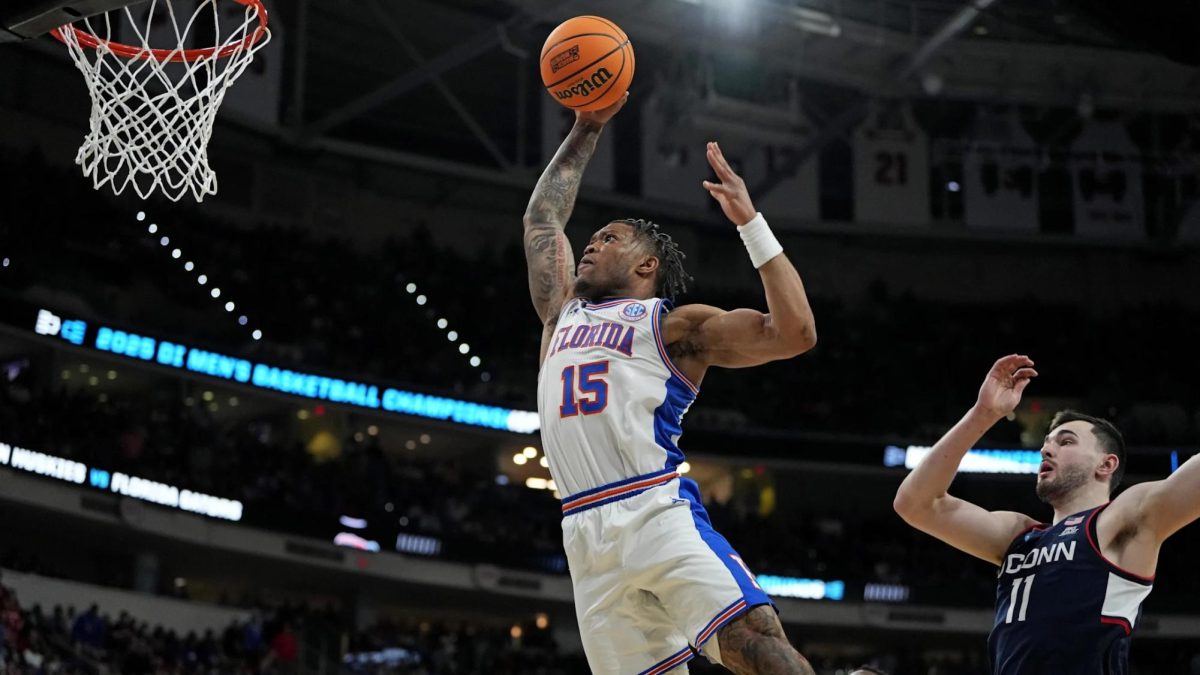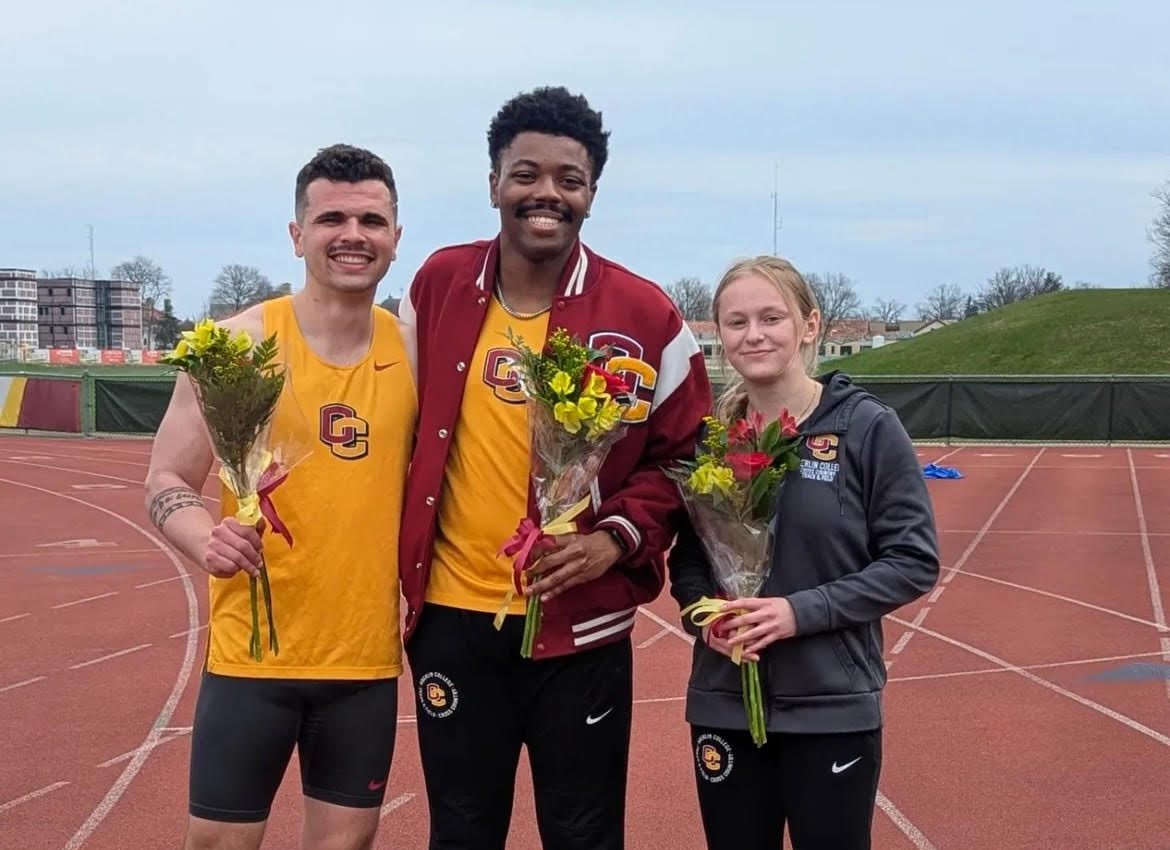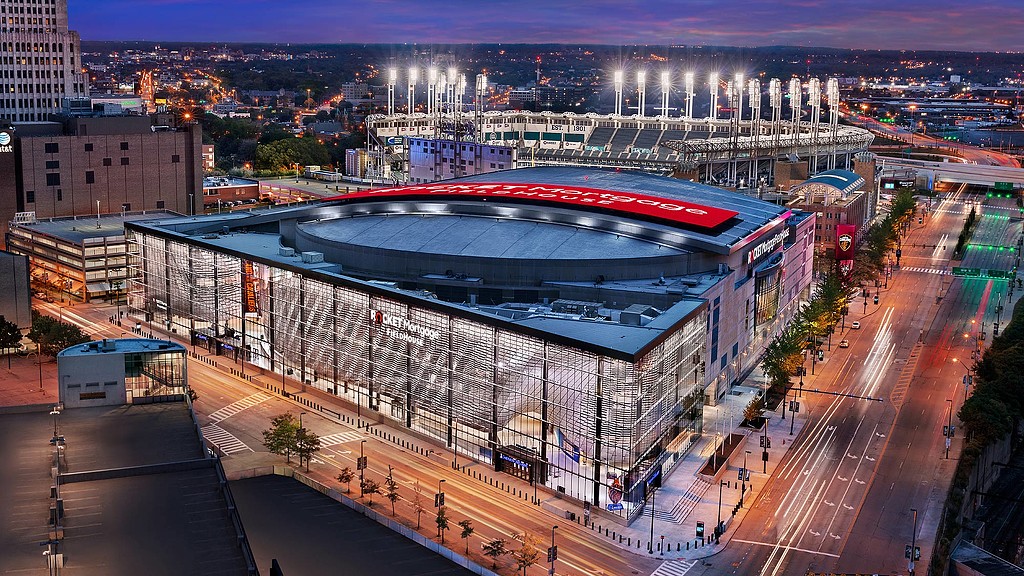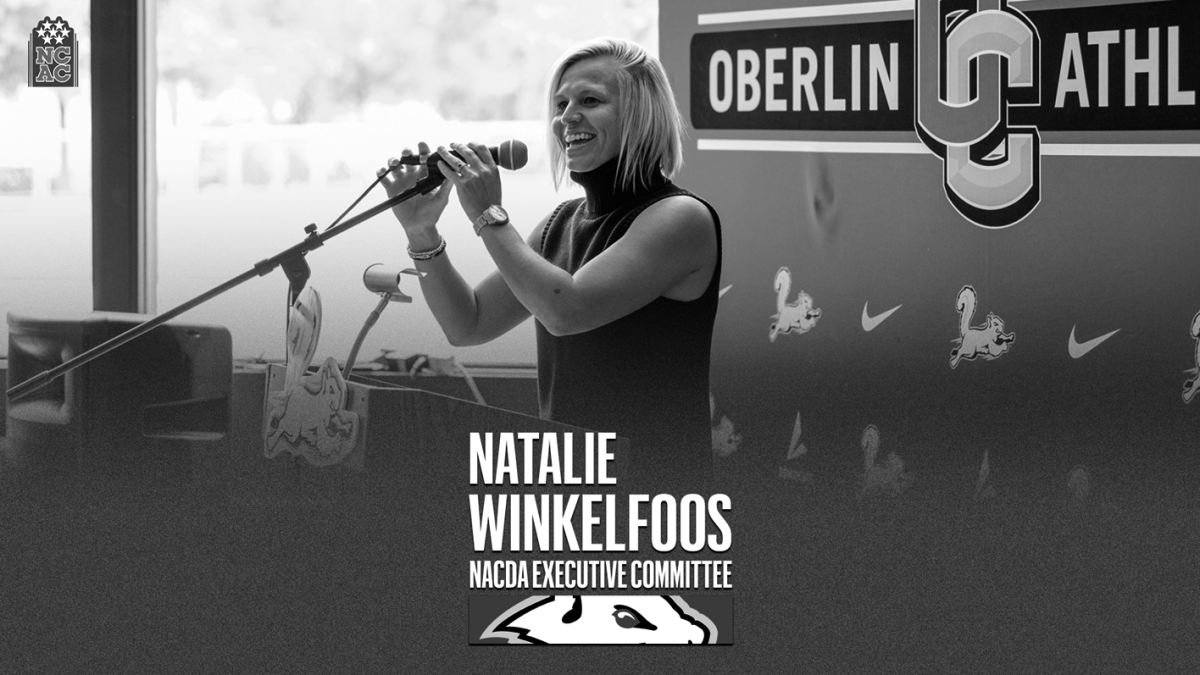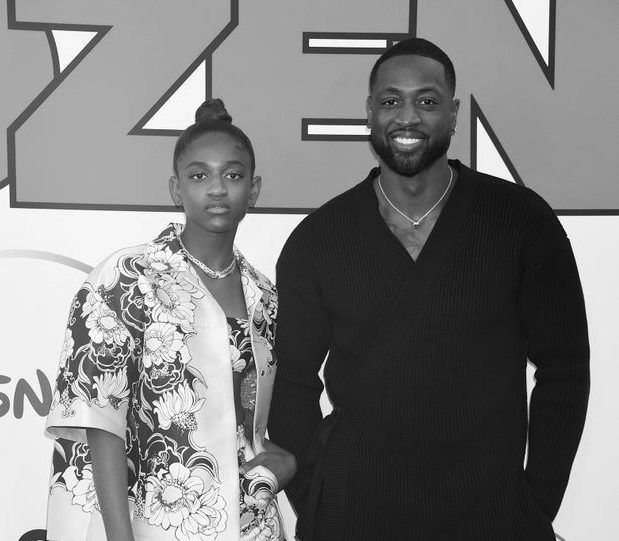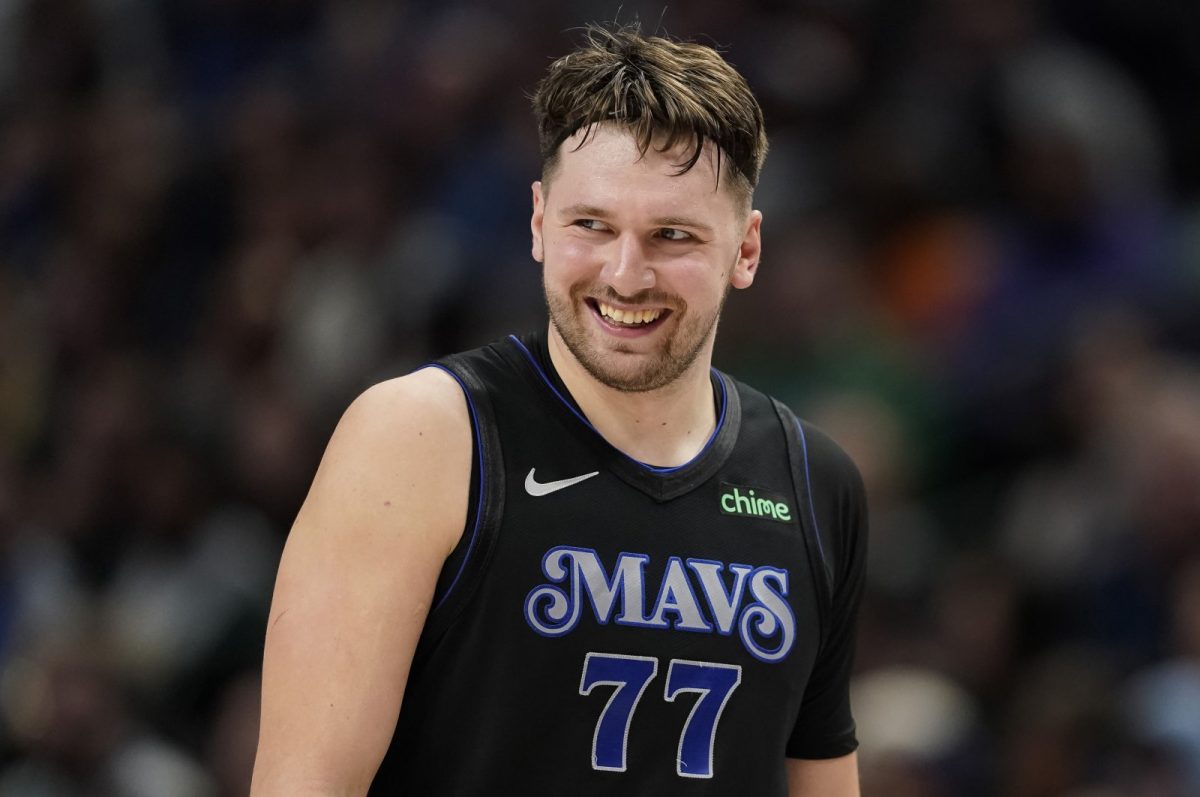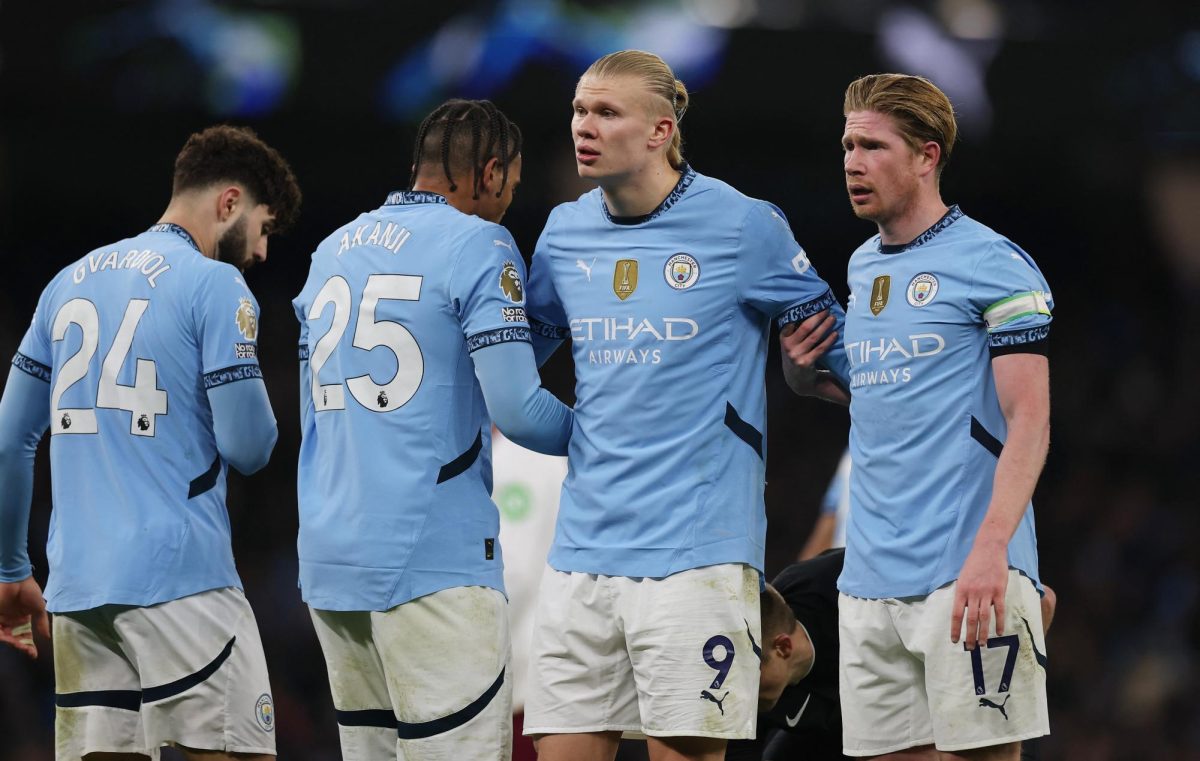For the first time since 2008, and only the second time in tournament history, there are four No. 1 seeds in the men’s Final Four.
There have been no Cinderella stories, no mid-major madness, no David beating Goliath, and no obscure mascot making an internet-crazed run — shout-out to Sister Jean and Loyola Chicago. In the past, these headlines were part of what made March so great. Just last year, Jack Gohlke, a 6’3” 24-year-old guard, led the No. 14 seed Oakland Golden Grizzlies to an upset over the No. 3 seed Kentucky Wildcats in the first round. Gohkle’s 10–20 performance from downtown propelled him to a household name and, in all likelihood, kept his professional career going. Gohkle, whose collegiate career started at Division II Hillsdale College in 2019, currently plays for the Motor City Cruise, the Detroit Pistions G-League affiliate.
For a while, those stories are what helped make March Madness mad. There’s not much better than the relatively unknown wildcard from a smaller school taking down a blue blood when millions of eyes are watching.
But this year, that has not been the case. The biggest upset came when No. 10 seed Arkansas defeated No. 2 seed Saint John’s University. Compared to other historic March upsets, Arkansas’ win feels tainted. First-year Head Coach John Calipari was the head man at Kentucky for over a decade before being relegated due to Gohlke’s performance. Calipari brought four transfers with him from Kentucky and persuaded three commits to flip to Arkansas. Kentucky basketball has won eight national championships, the second-most all time; Arkansas’ victory is not a Cinderella story.
However, all of this is not to discredit the quality of games in the tournament. Having all four No. 1 seeds advance to the Final Four ensures that one of the best teams in the country throughout the season will be crowned champions.
Now it may be good from a basketball perspective. But is it good for the sport? Is it good for the fans?
On July 1, 2021, the NCAA approved a Name, Image and Likeness policy that allowed college athletes to profit off of themselves. This came after many states had already passed their own NIL laws; California was the first to do so with the “Fair Pay to Play Act” in 2019. It was a step the NCAA needed to take. The influence and power of athletes was at an all-time high. The growth of social media, along with colleges drawing in obscure profits based on their athletes’ success, made it the only sensible option.
NIL was a phenomenal opportunity for athletes to sign brand deals, shoot commercials for their favorite products, and be monetarily rewarded for their performance. Gohkle’s opening round performance against Kentucky earned him a deal with TurboTax the very next day. Despite its good intentions, NIL has blossomed into an entire new beast the NCAA may not be ready to take on.
NIL collectives — pools of money funded predominantly by alumni and supporters — have taken over. Power Five schools have larger alumni groups and fandoms, therefore garnering a disproportionate advantage over smaller schools. Initially meant to give the players more power over universities, NIL has now given universities power above all else.
While players used to commit to universities for their fit, facilities, and legacy, players now are attending the schools where they will make the most money. The universities with the richest NIL collectives are attracting the best incoming freshmen and players in the transfer portal, which is creating a deepening divide between the top teams and the rest of the field.
Florida was the first domino to fall; just months after the initial ruling allowing NIL, Gator Collective was formed.
Florida, this year’s No. 1 seed in the West Region, punched their ticket to the Final Four after overcoming a nine-point deficit in the final 3:13 over No. 3 seed Texas Tech University.
Senior guard Walter Clayton Jr. took home Most Valuable Player honors for the West Region after averaging just over 22 PPG so far in the tournament. The current Gator was an Iona University Gael the first two seasons of his career.
In his final season as a Gael, Clayton had No. 13 seed Iona leading No. 4 seed and eventual champs UConn 39–37, before falling in the second half.
Clayton’s current teammate, grad transfer Alijah Martin, was the second leading scorer for FAU — a No. 9 seed in the 2023 tournament — who made it all the way to the Final Four. A teammate of his and third leading scorer for the Owls, junior center Vladislav Goldin, spent his senior season as the big man for the Michigan Wolverines, a No. 5 seed in this year’s tournament.
The amount of money athletes receive through NIL is private, but it is likely to be well north of six figures at a minimum.
Clayton went to high school in Lake Wales, FL, only an hour away from the heart of Florida’s campus. He was recruited there lightly out of high school, yet chose to go to Iona for a bigger opportunity. Nobody could blame Clayton for going back home. He has blossomed into a hometown hero. Florida would not be where they are today without him. And Clayton would not be where he is without Iona.
Another superstar guard, junior Donovan Dent, announced his transfer to UCLA from the University of New Mexico just days after the Lobos’ season ended in the round of 32.
Just like Clayton, Dent is going back to the team he grew up watching. In his final season with the Lobos, Dent averaged 20.4 PPG and 6.4 APG to earn him Mountain West Player of the Year honors. Dent’s NIL deal — through UCLA’s NIL collective — is believed to be anywhere from $2–3 million.
The money is life-changing. Athletes have worked their entire lives to provide for their families at this level, and being allowed to do so before turning pro is an opportunity nobody can pass up.
However, the problem lies in the mid-majors, the smaller market teams. The schools giving players an opportunity do not have the advanced NIL infrastructure to support their athletic teams’ success.
The top-ranked recruit on ESPN’s 2025 Top100, AJ Dybantsa, is committed to BYU with a reported NIL package worth more than $5 million.
College sports as a whole are changing. College athletes want to be fairly compensated for their play and will not settle for anything less from their school, because they know another — likely larger — school is ready and willing to dole out the money.
Although the quality of basketball remains second to none, it still feels like a chapter is missing. As the Final Four plays out this weekend, we may learn that even though there is no Cinderella story, there can still be a storybook ending.
For March Madness especially, NIL dampens the flame that made the tournament electric for so long. College hoops’ best are still making a name for themselves on a national stage, except they aren’t making a name for their schools in the process. We have NIL to thank for that.


